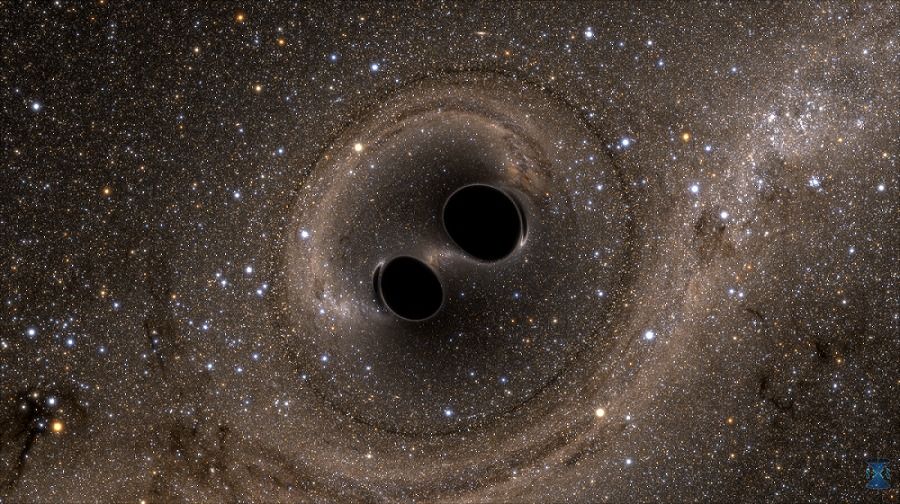One of the most pressing questions in astronomy concerns black holes. We know that massive stars that explode as supernovae can leave stellar mass black holes as remnants. And astrophysicists understand that process. But what about the supermassive black holes (SMBHs) like Sagittarius A-star (Sgr A*,) at the heart of the Milky Way?
SMBHs can have a billion solar masses. How do they get so big?
A group of scientists at the Harvard Center for Astrophysics are trying to shed some light on that question. They’ve created a simulation as part of the Black Hole Initiative (BHI), an interdisciplinary effort at Harvard to advance the understanding of black holes.
